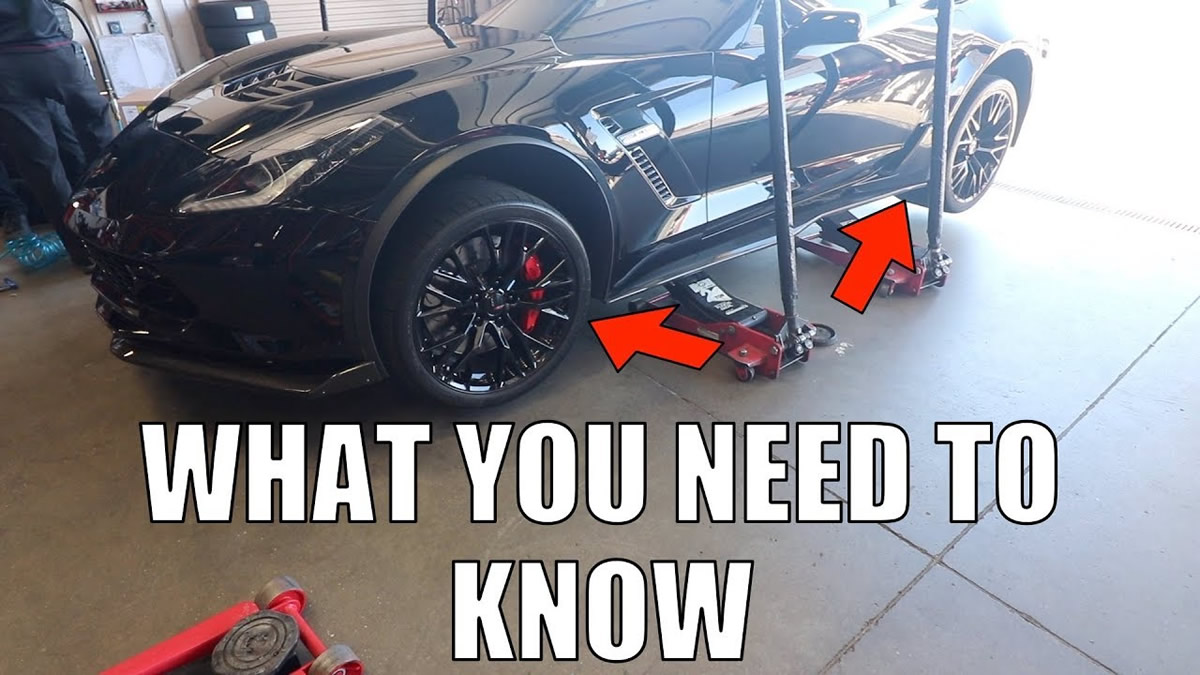Corvette Tire Storage Recommendations
The following text is a document from Engineering at Goodyear Tire and Rubber Company. Although the tips listed are directed mainly at warehouse facilities and dealers, they are helpful tips if you are planning on storing your Corvette's tires for long periods of time.
The tread and sidewall of tires are compounded to resist deterioration caused by sunlight and ozone. Nevertheless, stored tires should be protected against these and other potentially damaging conditions. An important thing to remember about tire storage is to use the tires which have been in stock the longest period of time. The longer the storage period, the more exposure there is to potential damage.
DO STORE
- Where area is clean, cool, dry, dark and well ventilated but with a minimum of circulating air so that tires on the bottom of a stack retain their shape.
- Whitewall to whitewall to avoid staining.
- Protected by an opaque waterproof covering, if outdoors, but avoid creating a heat box or steam bath.
- Where tires are raised off the storage surface, if outdoors.
AVOID STORING
- Where area is wet, oily, greasy.
- Where subject to extreme temperatures.
- In the same area as an electric motor or other ozone generating sources (if there is a question, check ozone levels to be sure they do not exceed 0.08 ppm).
- On black asphalt or other heat absorbent surfaces.
- Adjacent to highly reflective surfaces (i.e., snow covered ground or sand).
- On piers, ship decks or other open, unprotected areas.
STORING TIRES MOUNTED ON VEHICLES
It is best to store a vehicle on blocks to remove all weight from the tires. If the vehicle cannot be blocked up from the storage surface, completely unload it so minimum weight will rest on the tires. Keep tires inflated to recommended operating inflation pressure. The surface should be firm, reasonably level, well drained and clean. Do not store on blacktop or oil stabilized surfaces.
Move the vehicle at least every three months to prevent ozone cracking in the bulge area and also to prevent a "flat spot" from developing (due to strain from deflection). If tires do develop a temporary "flat spot", it will usually disappear in a short period of time (for example, the first 25 miles of service).
STORING INFLATED TIRES NOT MOUNTED ON VEHICLES
All of the preceeding guidelines apply in this instance. Keep tires inflated to recommended operating pressure.
BEFORE PLACING TIRES IN SERVICE
- Inspect tires to be sure they are clean and free from foreign objects.
- Remove any water that has collected in an unmounted tire.
- Check for proper operating inflation pressure.
